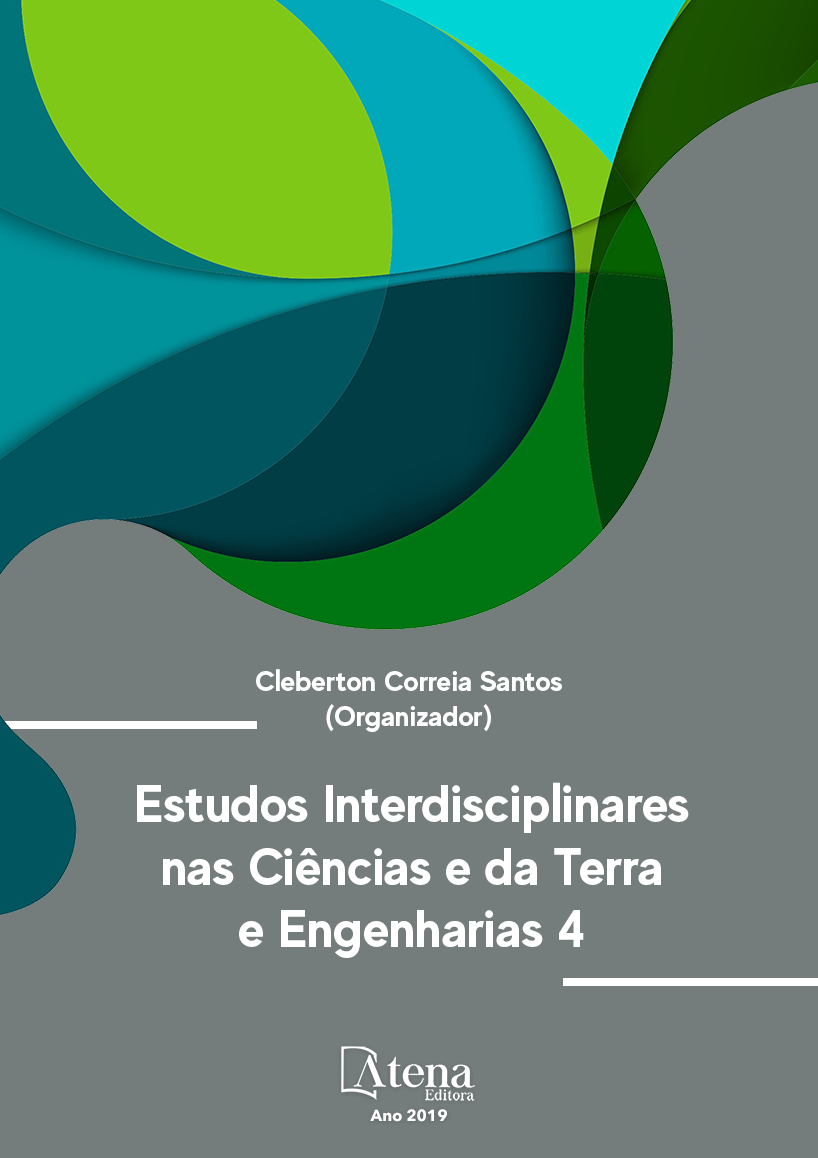
IMPACTO DA RESOLUÇÃO HORIZONTAL NA SIMULAÇÃO DOS JATOS DE BAIXOS NÍVEIS NA AMÉRICA DO SUL USANDO O MODELO GLOBAL DO CPTEC
Os Jatos de Baixos Níveis (JBNs)
ocorrem em uma estreita zona de ventos
máximos localizada nos primeiros quilômetros
da atmosfera (~1-2km acima da superfície).
Na maioria das vezes o JBN está associado
com um intenso gradiente horizontal e vertical
de temperatura entre o continente e o oceano
e com as grandes cadeias de montanhas. Os
JBNs da América do Sul que são observados
a leste da Cordilheira dos Andes, são o
principal mecanismo atmosférico responsável
pelo transporte meridional de umidade da
Bacia Amazônica para a região subtropical da
América do Sul (AS). Portanto, neste trabalho
avaliou-se a representação dos jatos de baixos
níveis na América do Sul pelo novo modelo
global do CPTEC BAM, durante os meses
de verão (Dezembro-Janeiro-Fevereiro) do
El Niño (DJF-1997/1998) e da La Niña (DJF-
1998/1999). Os resultados são comparados
com os dados da reanálise ERA-Interim do
ECMWF. Com o objetivo de avaliar o impacto
da resolução horizontal na simulação dos
JBNs foram feitas 4 simulações com as
seguintes resoluções TQ0062L028 (~180km),
TQ0126L028 (~100km), TQ0213L042 (~60km)
e TQ0299L042 (~45km). Assim, foi verificado
que as simulações com resoluções espaciais
de 45 e 60 km conseguem reproduzir melhor os
JBNs que nas baixas resoluções 100 e 180 km.
Este trabalho mostra que o modelo BAM pode
representar melhor os JBNs quando utilizado
com alta resolução horizontal. Verificou-se que
existe uma relação entre JBN e eventos de El
Niño e La Niña, e as condições dos sistemas
meteorológicos de escala sinótica e regional
atuantes na América do Sul.
IMPACTO DA RESOLUÇÃO HORIZONTAL NA SIMULAÇÃO DOS JATOS DE BAIXOS NÍVEIS NA AMÉRICA DO SUL USANDO O MODELO GLOBAL DO CPTEC
-
DOI: 10.22533/at.ed.22519110919
-
Palavras-chave: Jatos de Baixos Níveis, América do Sul, BAM.
-
Keywords: Low Levels Jets (LLJs), South America, BAM.
-
Abstract:
The Low Level Jets (LLJs) occur in a narrow zone of maximum winds
located in the first kilometers of the atmosphere (~1-2km above the surface). Most
often the LLJs are associated with an intense horizontal and vertical temperature
gradient between the continent and the ocean and with the great mountain ranges.
The South American LLJs observed east of the Andes Mountains are the main
atmospheric mechanism responsible for the southward moisture transportation from
the Amazon Basin to the subtropical region of South America (SA). Therefore, this work
evaluated the representation of LLJs over South America in the new global CPTEC
model (BAM), during the summer months (December-January-February) of the El Niño
(DJF-1997/1998) and the La Niña (DJF-1998/1999). The results are compared with
ECMWF ERA-Interim reanalysis data. In order to evaluate the impact of horizontal
spatial resolution in the simulation of the LLJs, 4 simulations were performed with the
following resolutions: TQ0062L028 (~ 180km), TQ0126L028 (~ 100km), TQ0213L042
(~ 60km) and TQ0299L042 (~ 45km). Thus, it was verified that the simulations with
spatial resolutions of 45 and 60 km can reproduce better the LLJs than in the low
resolutions 100 and 180 km. This work shows that the BAM model can better represent
the LLJs when run with high horizontal spatial resolution. The relationship between LLJs
and El Niño and La Niña events, and the regional scale and synoptic meteorological
systems conditions operating in South America have been identified.
-
Número de páginas: 15
- Paulo Yoshio Kubota
- Silvio Nilo Figueroa
- Enver Manuel Amador Ramirez Gutierrez
- Caio Augusto dos Santos Coelho
- Dayana Castilho de Souza


